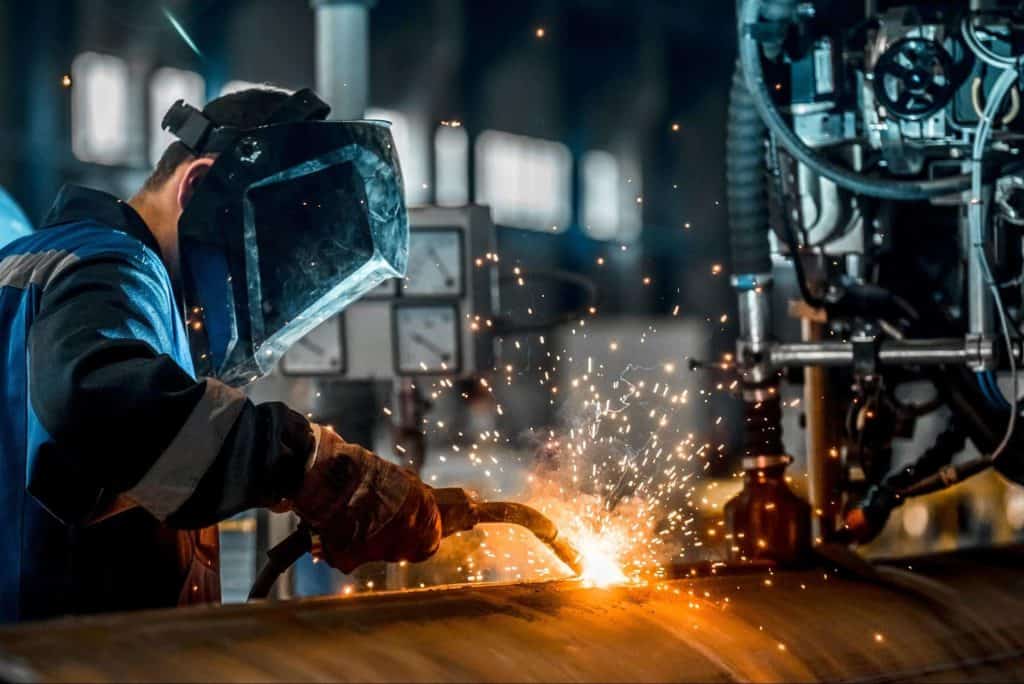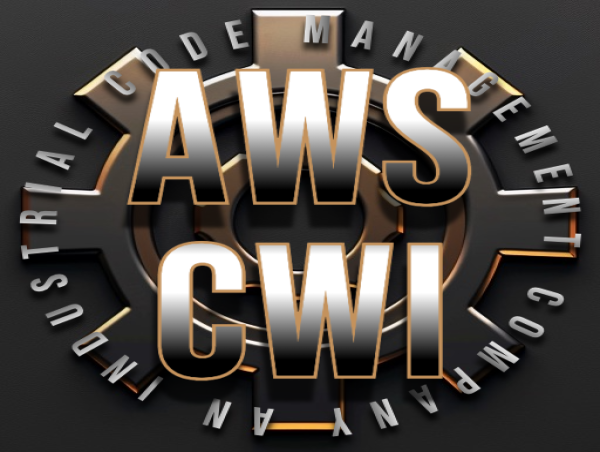How Welding Inspection Milwaukee Can Save You Money over time
How Welding Inspection Milwaukee Can Save You Money over time
Blog Article

Discovering the Different Techniques and Specifications of Welding Assessment for Getting Conformity and Reliability in Engineering Applications
The relevance of welding evaluation in design applications can not be overemphasized, as it functions as an essential guard for making sure structural stability and compliance with industry criteria. Various techniques, including visual inspection and progressed non-destructive testing strategies, supply essential understandings into the quality of welds. Adherence to well-known governing standards such as those from AWS and ASME develops a structure for liability and excellence. However, the landscape of welding examination is continually advancing, prompting a closer exam of emerging techniques and their implications for engineering dependability. What might these growths involve for future projects?
Relevance of Welding Assessment
Welding evaluation plays an essential function in guaranteeing the honesty and security of bonded frameworks. The significance of welding evaluation can not be overemphasized, as it serves as a protect versus prospective failings that could result from poor welding techniques.
Additionally, welding inspection is crucial for preserving quality control throughout the welding procedure. It makes sure that the welds meet the needed mechanical and physical properties required for their desired applications. Routine inspections likewise foster a society of accountability and constant enhancement within welding procedures, motivating adherence to best methods and sector criteria.
In regulated sectors such as aerospace, building, and production, rigid welding evaluation procedures are mandated to abide by lawful and safety demands. Ultimately, effective welding examination not just safeguards human life and building but also improves the durability and dependability of bonded frameworks, making it an essential element of engineering and construction.

Common Welding Evaluation Techniques
A variety of evaluation methods are employed to analyze the top quality and stability of welds, each tailored to find certain kinds of problems. Among one of the most common techniques is visual evaluation, which involves an extensive exam of the weld surface area to determine visible problems such as splits, undercuts, and insufficient fusion. This approach is often the initial step in the evaluation process due to its simpleness and cost-effectiveness.
Another extensively utilized method is radiographic inspection, where X-rays or gamma rays permeate the weld to disclose inner problems. This technique is specifically reliable for finding porosity and incorporations within the weld material. Ultrasonic screening uses high-frequency sound waves to recognize inner problems, giving a thorough evaluation of the weld's stability.
Additionally, magnetic particle inspection is utilized for ferromagnetic products, enabling the detection of surface and near-surface issues by observing and applying magnetic fields fragment patterns. Dye penetrant screening includes using a liquid dye to the weld surface, exposing fractures and other gaps upon inspection (Welding Inspection Milwaukee). Each of these techniques plays an important function in guaranteeing weld quality and conformity with market criteria
Non-Destructive Checking Strategies
Non-destructive screening (NDT) methods are necessary devices in the analysis of weld high quality, allowing inspectors to assess the honesty of bonded joints without causing damages to the products. Different NDT techniques are used to recognize potential flaws, making sure that welds satisfy the needed requirements for security and efficiency.
Among one of the most widespread strategies is ultrasonic screening (UT), which makes use of high-frequency audio waves to spot internal flaws such as voids or cracks. Radiographic testing (RT) uses X-rays or gamma rays to generate photos of welds, disclosing any type of stoppages within the product. Magnetic fragment testing (MT) is effective for detecting surface and near-surface defects in ferromagnetic products with the application of electromagnetic fields and contrasting particles.
Fluid penetrant screening (PT) is an additional commonly utilized method that involves using a color to the surface of the weld, which permeates into any type of fractures, making them noticeable under ultraviolet light. Each of these methods offers unique benefits and restrictions, and the option of a suitable strategy is important to achieving precise assessments of weld stability. Ultimately, the execution of NDT strategies considerably contributes to the reliability and safety and security of design applications.

Regulative Requirements and Conformity
In the realm of welding assessment, adherence to regulatory criteria and compliance is paramount to guarantee the safety and reliability of welded frameworks (Welding Inspection Milwaukee). Various organizations, including the American Welding Culture (AWS), the American Culture of Mechanical Designers (ASME), and the International Company for Standardization (ISO), have established guidelines that control welding practices and assessment treatments. These criteria offer a framework for top quality guarantee, describing the needed qualifications for examiners and the approaches for examining weld honesty
Compliance with these regulatory requirements not just enhances the structural integrity of bonded settings up yet additionally mitigates dangers related to failings, which can have catastrophic consequences. Evaluations have to be executed using defined procedures, including visual, ultrasonic, and radiographic methods, to make sure that welds meet specified requirements.
In addition, adherence to these criteria is frequently needed by legislation, especially in sectors such as building, production, and aerospace. Routine audits i thought about this and qualifications are important to preserve compliance, consequently fostering a society of security and top quality within companies. Ultimately, governing standards and compliance act as the foundation of dependable welding inspection techniques, guaranteeing that crafted structures fulfill both performance assumptions and security requirements.
Ideal Practices for Welding Evaluation
While keeping conformity with regulative criteria is important, implementing finest techniques for welding inspection better enhances the security and honesty of welded structures. Effective welding evaluation starts with thorough planning, that includes recognizing the certain requirements of each job and ensuring inspectors are trained in applicable methods and criteria.
Utilizing an extensive examination checklist helps to make sure all crucial facets are analyzed, such website link as weld dimension, penetration, and visual problems. Non-destructive testing (NDT) strategies, such as radiographic or ultrasonic testing, ought to be utilized where proper, giving a much more in-depth assessment of weld quality without jeopardizing the stability of the materials.
Documents plays a substantial function in finest methods; preserving accurate records of assessments, including photos, test results, and compliance records, ensures accountability and helps with future evaluations. Furthermore, fostering a culture of open communication between welders and assessors can result in very early recognition of possible concerns, advertising instant corrective actions.
Verdict
In recap, the application of extensive welding assessment methods and adherence to established criteria are crucial for ensuring conformity and dependability in engineering applications - Welding Inspection Milwaukee. Strategies such as aesthetic evaluation, radiographic testing, and ultrasonic screening function as important tools in determining problems and maintaining top quality assurance. By fostering a society of liability and quality, companies can enhance the stability and durability of bonded structures, eventually adding to the security and efficacy of engineering jobs
Various methods, including visual evaluation and progressed non-destructive screening strategies, give crucial insights right into the quality of welds.Welding inspection plays an important role in making sure the integrity and their website safety of bonded structures.A selection of examination techniques are used to assess the top quality and honesty of welds, each customized to discover certain kinds of flaws.One more commonly used approach is radiographic examination, where X-rays or gamma rays pass through the weld to reveal internal issues.In the realm of welding assessment, adherence to regulative standards and compliance is extremely important to guarantee the safety and security and reliability of welded frameworks.
Report this page